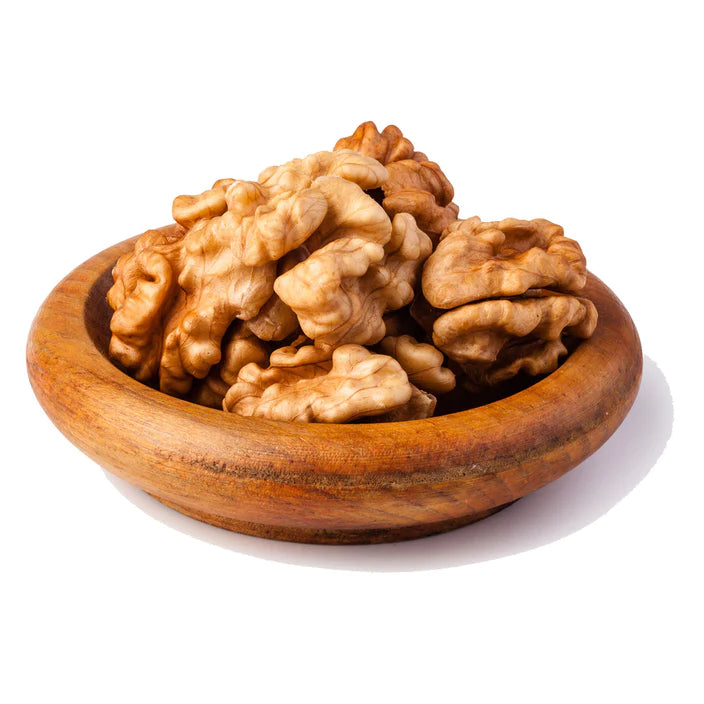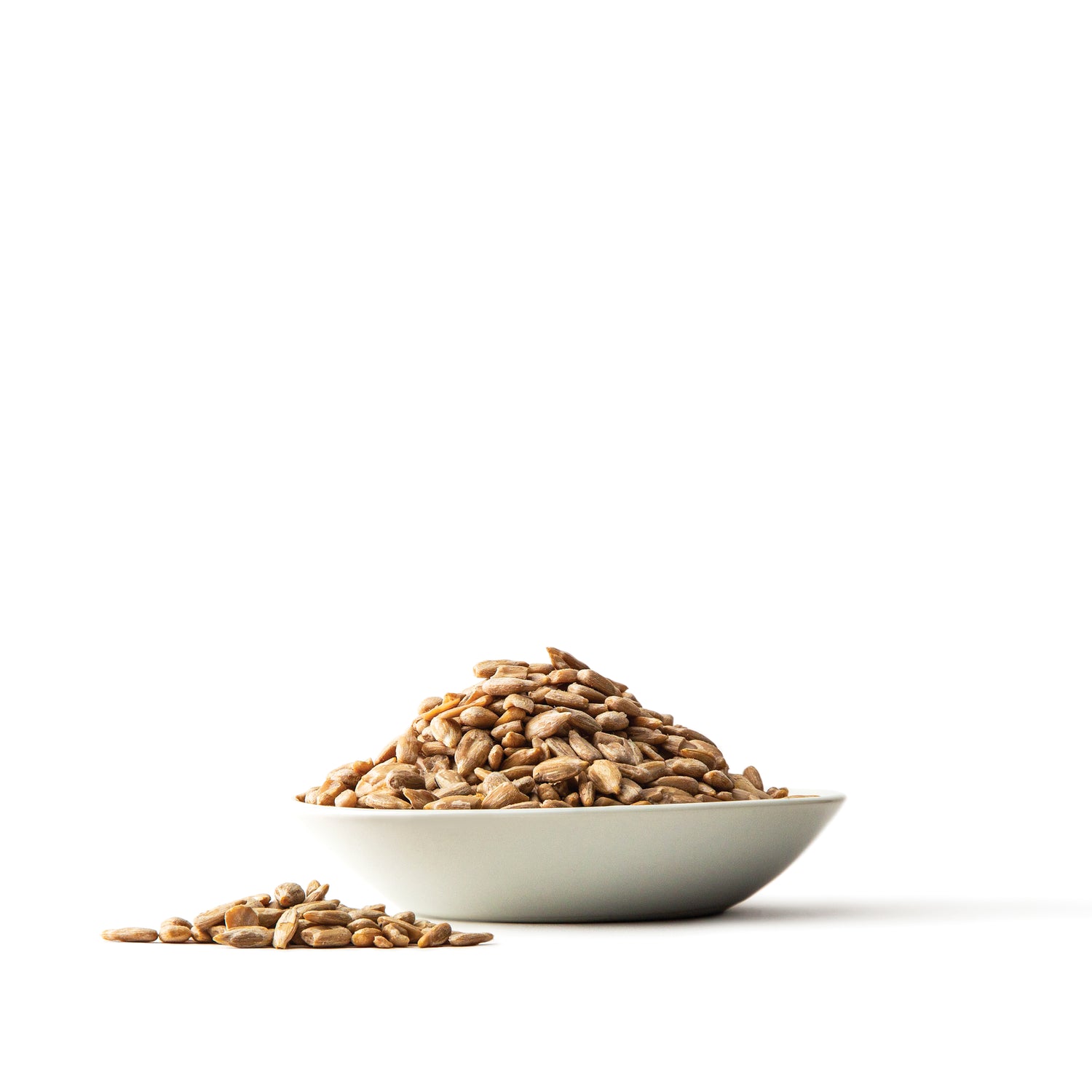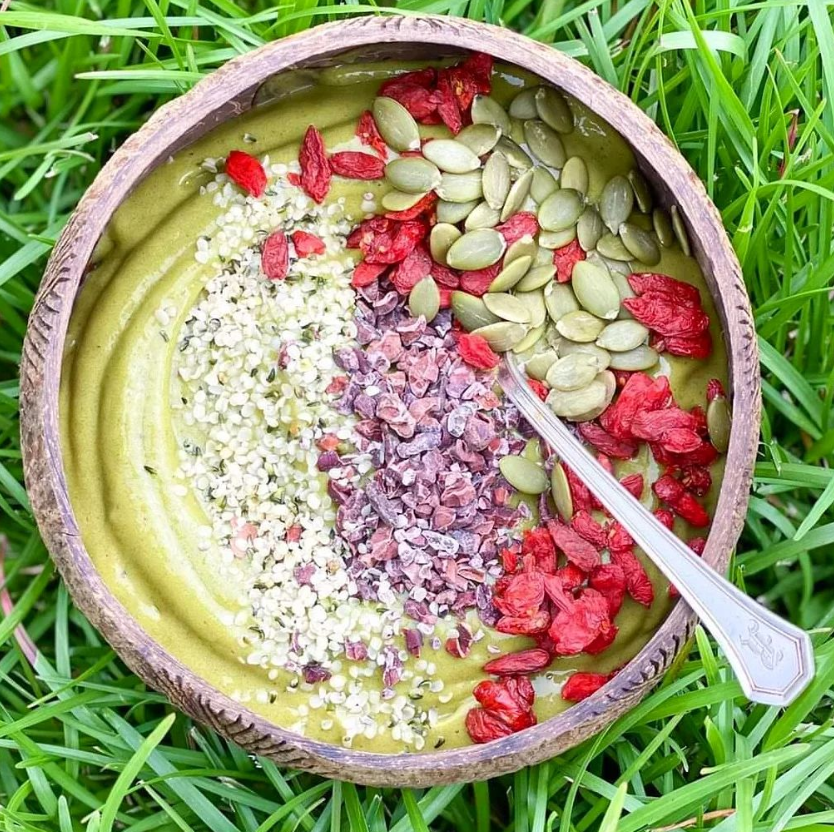Maca Hot Chocolate Recipe
Single Serving
½ tbsp Maca Powder
1 tbsp Cacao Powder
½ tbs cacao nibs (optional)
1 tbsp coconut sugar (or other sweetener)
1 cup almond milk (or other milk alternative)
Crowd Serving (1 Gallon)
½ cup maca powder
1 cup cacao powder
½ cup cacao nibs (optional)
1 cup coconut sugar (or other sweetener)
1 gallon almond milk (or other milk alternative)
Hot chocolate has been around for centuries, and it is a favorite beverage of children and adults alike. Chocolate itself has some beneficial properties like antioxidants and mood-boosting neurotransmitters. However, some ingredients in commercial hot chocolates overshadow these benefits. The first ingredient in a typical packaged hot chocolate mix is sugar. Beyond that, these widespread hot chocolate mixes may also contain dairy. Approximately 65% of the world’s population is lactose intolerant, with even more reporting mild intolerance to dairy products.
This delicious homemade hot chocolate avoids these irritants while also allowing complete control over flavor. Customize this recipe however you like to adjust sweetness, richness, or add flavors of your own like cinnamon or even a little cayenne pepper. Aside from a beautiful, decadent flavor, this hot chocolate is brimming with health benefits. Cozy in with a mug of cocoa on a cold, winter’s evening, and enjoy all the benefits of maca and the other natural, organic ingredients.
Maca is not very widespread in the United States. Elsewhere, it has been in use in herbal medicine and indigenous cuisine for hundreds of years. Also known as Peruvian Ginseng, maca has many unique properties. Native to Peru, Maca grows high in the Andes mountains. It is a root vegetable related to radishes that has an earthy, nutty flavor. These flavor notes make it the perfect addition to sweet treats such as this hot chocolate.
Maca contains copper, iron, potassium, and manganese, all of which are essential for proper health. These minerals allow the body to function well and contribute to blood health, muscle function, and metabolism. Maca also has vitamins C and B6. Because of this, it is incredibly nutritious. Studies suggest maca also may stabilize mood and balance the endocrine system.
Beyond that, the natural cacao powder and cacao nibs offer a bounty of health benefits as well. They both contain serotonin, anandamide, and dopamine. These neurotransmitters are known to lift the mood and energize the body. Cacao is also full of antioxidants. These benefits revitalize the body and mind.
Almond milk is an excellent alternative to regular dairy milk. With more nutrients and calcium, it carries a load of benefits. However, most almond milk available in stores has added sugar. Luckily, there is a way to avoid this. Make almond milk at home! Though it may seem like a daunting task, it is deceptively simple and very customizable.
To make almond milk, all you need is almonds and water. Soak the almonds overnight, drain them, then blend them with fresh water in the blender to your desired thickness. Strain the mixture through a cheesecloth. It is as simple as that. If desired, you can also add sweeteners like coconut sugar or vanilla extract.
By adding these ingredients together, you can enjoy a whole host of benefits as well as a lovely, warm beverage. You can add toppings you would add to regular hot chocolate as well, such as cinnamon, a couple of vegan marshmallows, or dairy-free whipped cream. I suggest a little sprinkle of cayenne pepper for some sweet heat.
If you decide to give this hot chocolate a try, be sure to snap a picture and tag Foods Alive for a chance to be featured on our social media. You can also use #foodsalive! Share this delicious, warm beverage with your family during a holiday movie marathon or curled up with a good book. Enjoy, and happy creating!
Research
https://www.healthline.com/nutrition/benefits-of-maca-root#TOC_TITLE_HDR_12
https://www.webmd.com/vitamins/ai/ingredientmono-555/maca
https://www.medicalnewstoday.com/articles/322511#risks
https://minimalistbaker.com/how-to-make-almond-milk/
https://www.healthline.com/nutrition/10-benefits-of-honey#TOC_TITLE_HDR_10






